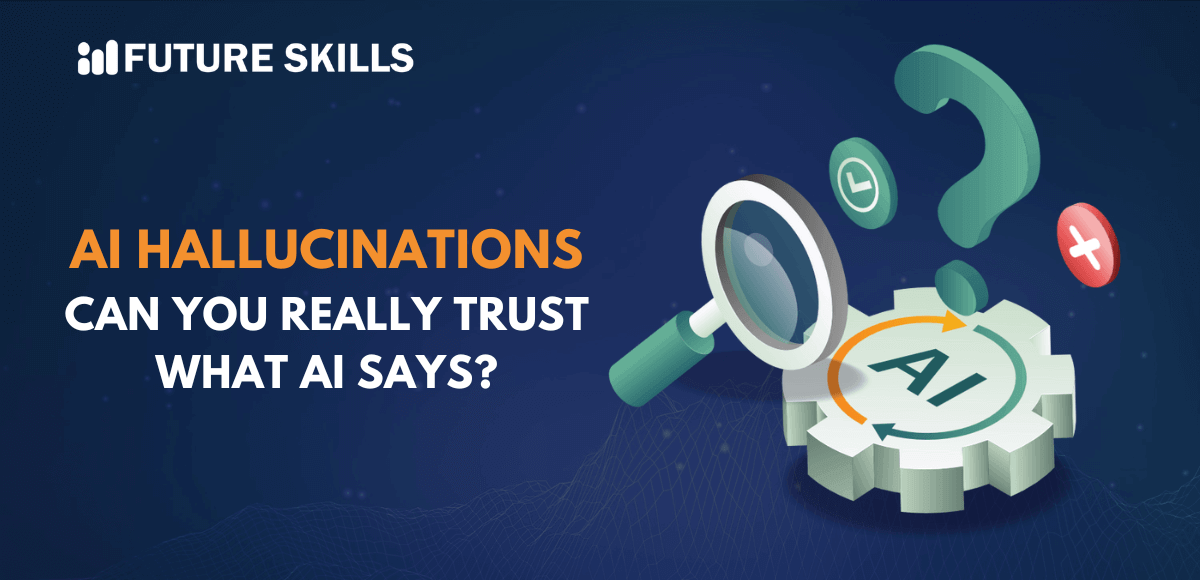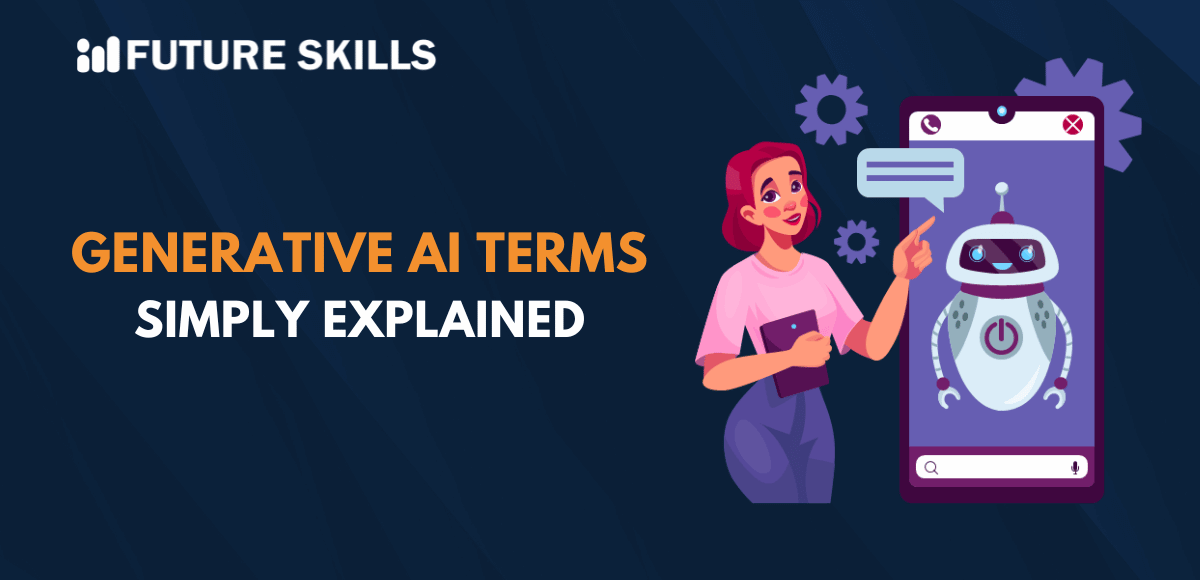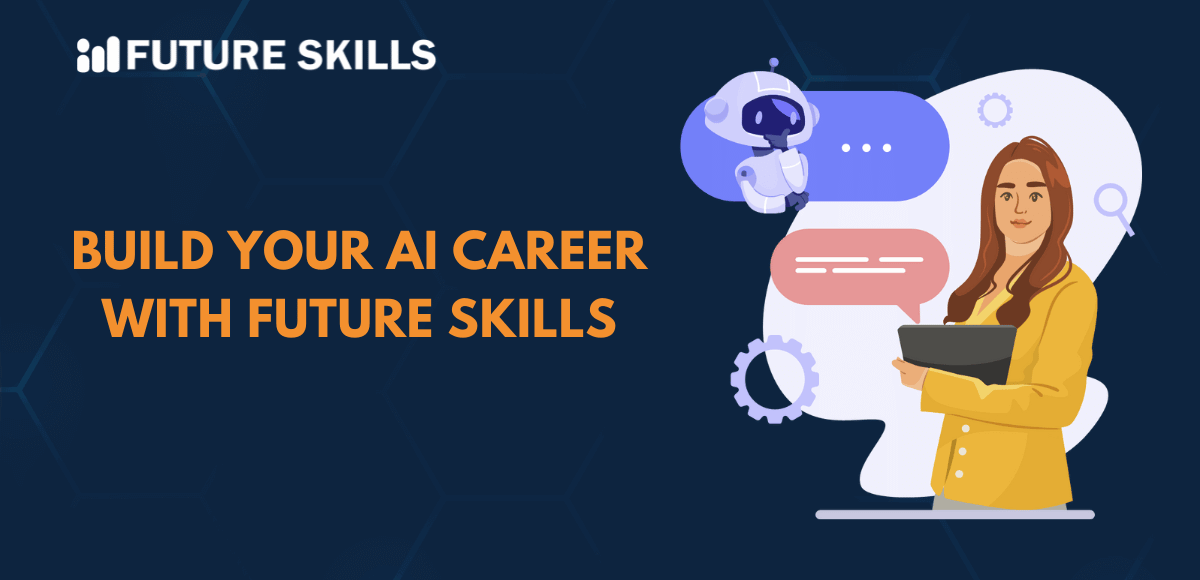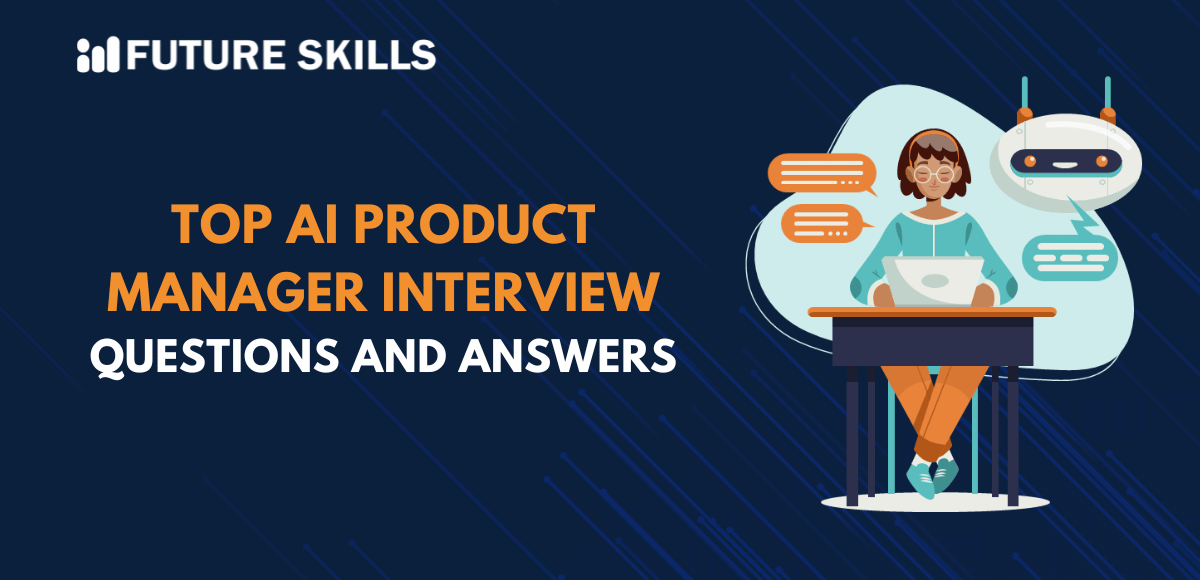In the realm of Artificial Intelligence, AI Hallucinations serve as a major impediment. If you are wondering, what are AI hallucinations? The answer is quite straightforward. AI Hallucinations refer to inaccurate or misleading results by AI models. Such errors may be due to diverse factors. Regardless of the reasons, such errors diminish the overall effectiveness of Artificial Intelligence technology. Based on estimates, chatbots hallucinate anywhere from 3% to 27% of the time.
As the adoption of Artificial Intelligence is growing rapidly, one must understand how AI Hallucinations impact the trustworthiness of AI output. The AI hallucinations explained guide will help you gain clarity into the issue.
Level up your AI skills and embark on a journey to build a successful career in AI with our Certified AI Professional (CAIP)™ program.
What are AI Hallucinations?
One may be wondering – What are AI hallucinations? If you have the same question in mind, here is the answer! AI hallucinations take place when AI models, specifically large language models, produce outputs that are incorrect or fabricated in nature. However, these responses may seem plausible to the users.
AI hallucinations may range from minor inaccuracies to grave misinterpretations of reality that may give rise to trust issues. One of the common AI hallucination examples is the use of a fictional research paper in the academic works of students. Similarly, a customer service AI may offer inaccurate information to customers while resolving their queries.
Types of AI hallucinations
AI hallucinations can be of diverse types. The AI hallucinations explained guide will help you get familiar with some of the major categories of AI hallucinations.
-
Inaccurate predictions
A common type of AI hallucinations involves wrong predictions. Sometimes AI models may predict an event at a future date. However, the event may not occur on that date. It is one of the most common examples of AI hallucinations. It may certainly give rise to trust issues for users of Artificial Intelligence.
-
False Positives
One of the most common types of AI hallucinations that you may come across is false positives. While working with an AI model, developers may identify something as a threat. However, in reality, it may not be a threat. One of the examples of AI hallucinations is that it may identify a transaction as a suspicious or fraudulent transaction, but in reality, it may be a standard transaction.
-
False Negatives
Another type of AI hallucinations involves false negatives. When such an error takes place, an AI model may not be able to identify a threat and consider it to be normal. One of the common AI hallucination examples is that an AI used to detect a disease fails to detect the disease in a patient. Such errors may give rise to serious consequences for human beings.
The AI hallucinations explained guide highlights some of the main types of errors that may arise while using Artificial Intelligence technology. These users of Artificial Intelligence need to know about these Types of AI hallucinations so that they can verify the results generated by AI systems.
Level up your ChatGPT skills and kickstart your journey towards superhuman capabilities with Free ChatGPT Course.
Implications of AI Hallucinations
One cannot take AI hallucinations lightly. Some inaccuracies in the results may not be very serious. However, other inaccuracies have the potential to give rise to pressing issues and trust-related concerns. Some of the major implications of AI hallucinations are:
-
Compromised Cybersecurity
AI hallucinations have the potential to affect the cybersecurity posture of organizations. Due to these inconsistencies, an organization may ignore a potential threat, and it may ultimately affect millions of its users. Such an issue may further escalate and affect the brand reputation of businesses in the market setting.
-
Spreading Misinformation
In the technology-driven era, AI hallucinations can play a catalytic role in spreading misinformation. For instance, in critical industries such as health care and finance, misinformation may lead to irreparable damage to businesses. Even at the social level, misinformation may adversely affect the stability and harmony in social settings.
-
Erosion of Trust
The risk of AI hallucinations can erode the trust that people have in AI systems and AI models. Due to the generation of false or fabricated systems, individuals may not rely on the outcome generated by AI. It may even have an adverse impact on the adoption of Artificial Intelligence by people.
-
Concerns about transparency
The prevalence of AI hallucinations automatically gives rise to concerns relating to transparency. Such inconsistencies and inaccuracies reveal that human beings cannot entirely rely on the output of AI. It also gives rise to questions regarding how AI models operate, due to which their outcomes get compromised.
Want to gain practical skills in using OpenAI API and implementing API calls to facilitate LLM interactions, Enroll now in the Certified Prompt Engineering Expert (CPEE)™ Certification.
Ways of Preventing AI Hallucinations
The issue relating to AI hallucinations cannot be taken lightly. Although Artificial Intelligence technology is developing rapidly, the issue relating to AI hallucinations continues to persist. So the issue relating to hallucinations of generative AI is also a reality that cannot be ignored. Some of the methods that can be adopted to prevent AI hallucinations are:
-
Using high-quality training data
In order to tackle or manage the issue relating to AI hallucinations, the use of high-quality data for training purposes is required. By using quality data, the risk relating to AI hallucinations can be curbed in a better way. Furthermore, one must ensure that AI models are tested at diverse checkpoints by conducting rigorous testing activities. The risk of AI hallucinations can be reduced considerably.
-
Limiting possible outcomes
Another way of tackling the issue of AI hallucinations involves limiting the possible outcomes. While training an AI model, it is essential to restrict the outcomes so that they can be predictable in nature. This step can be taken by adopting a technique called regularization. It basically penalizes an AI model for making extreme predictions.
-
Creating a template
AI Developers need to create templates that can be followed by Artificial Intelligence models. By adopting this approach, the possibility of hallucinations in Generative AI can be kept under check. The template can play a catalytic role in guiding the AI model while producing results for users.
The issue relating to AI hallucinations cannot be totally avoided. However, a number of steps can be taken in order to curb the instances of AI hallucinations. The preventive measures can be taken to strengthen the Artificial Intelligence technology and reduce the frequency of AI hallucinations.
Final Words
In the landscape of Artificial Intelligence, AI hallucinations are certainly a pressing issue. In fact, it serves as a major bottleneck that has the potential to impede the overall effectiveness of Artificial Intelligence. Some of the common types of AI hallucinations are inaccurate predictions, false positives, and false negatives.
Several implications relating to AI hallucinations have been identified, such as compromised cybersecurity, spreading misinformation, the erosion of trust, and transparency-related concerns. In order to curb the adverse implications of AI hallucinations, AI developers can take a number of preventive measures. Some of the main preventive steps that have been identified are using high-quality training data, limiting possible outcomes and creating a template that can be followed by AI models. The issues relating to AI hallucinations can be managed in a more strategic manner by taking these steps. Earning an AI certification can further help professionals gain the right expertise to build and manage trustworthy AI systems.






